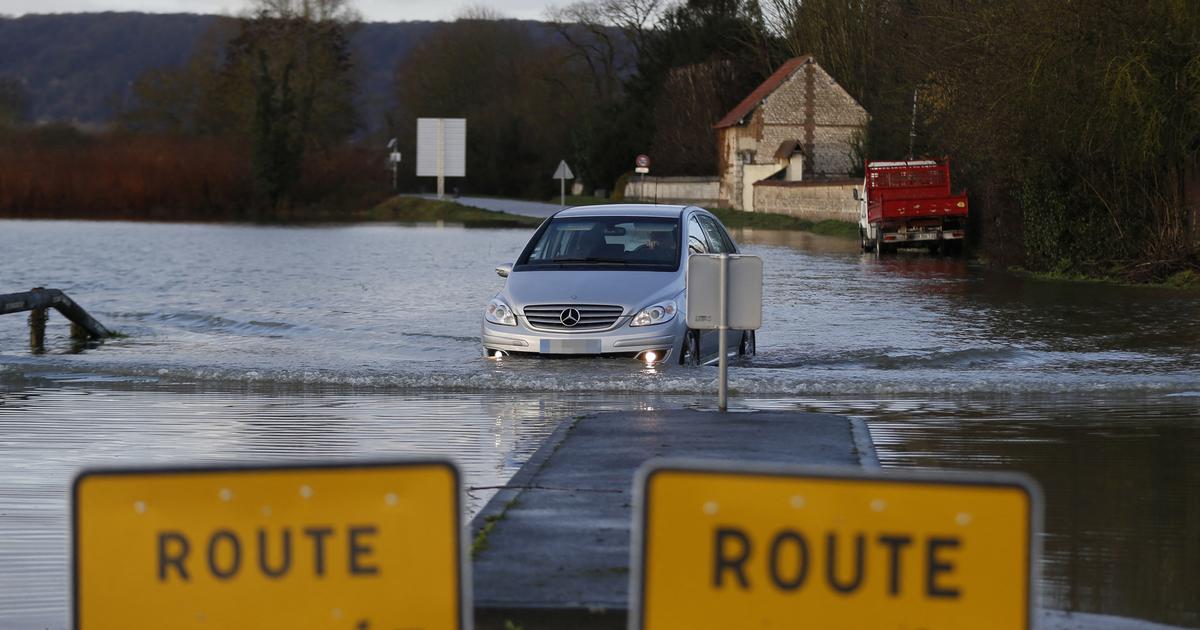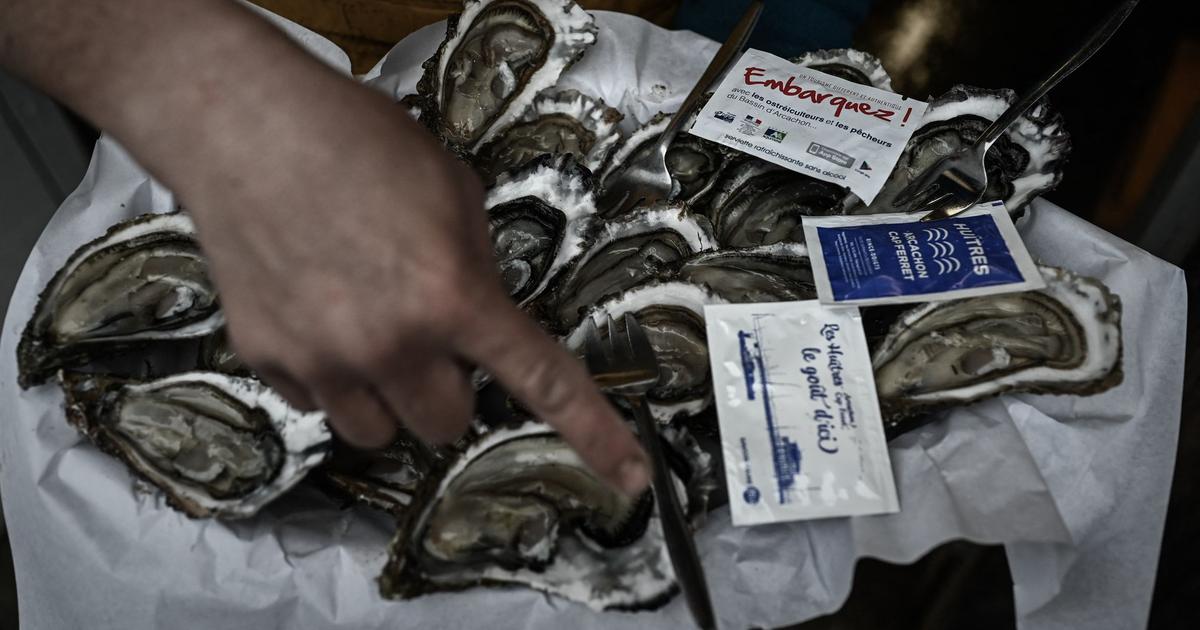Nathalie Richoux likes to walk on the beaches.
Especially that of Saint-Jean-des-Sables, in Angoulins, right next to her home.
Equipped with a pair of gloves and a bag, this dynamic 50-year-old collects litter in the sand almost daily.
“I could be discouraged, but not at all.
I pick up everywhere, all the time.
It is a personal satisfaction and it is above all my small contribution to the protection of the environment ”, she confides.
Nathalie Richoux is one of the very active volunteers of TEO, a cooperative society of collective interest (SCIC) created in 2011 in La Rochelle.
As part of a resilient ecology approach, this SCIC is piloting the Trait Bleu program, the ambition of which is to reduce the impact of plastic pollution on the coasts.
This is how the Bac à marées (BAM) network was born in 2018.
These large wooden boxes are used to collect marine litter, they are also indicators of the ecological state of the coast.
In Charente-Maritime, there are 70. On the whole of the French coast, 284 tidal tanks are listed through the application developed by TEO, some of which are managed by town halls or committed individuals.
"More incentive than a large gathering"
With this app, citizens can locate bins and report when they are full.
“The waste is then collected by various integration companies with which we work hand in hand,” explains Fabrice Faurre, manager of TEO. The content is dissected and then analyzed.
“In each bin, there are around 2,000 objects.
This means that maybe 200 people got involved in the pickup, that's important.
In three years, 64 tonnes of marine litter have been collected.
This is three times more than before installation.
I think they are more of an incentive than a large gathering on the beach.
It is a collection tool but also an awareness raising tool, ”continues the manager.
Read alsoWhen microbes evolve to eat the plastic that pollutes the planet
And these are not garbage cans, as some users think.
Faced with overflows linked to summer overcrowding, the tide tanks are withdrawn during the summer.
When properly used, here are the top 10 macro-waste found in bins: hard plastic fragments, oyster cups, pieces of polystyrene, fishing ropes, soft plastics, oyster rubber, plastic bottles, caps, packaging and oyster pouches.
“In Charente-Maritime, the oyster farming activity generates a lot of waste.
It is not necessarily the professionals who throw them out on purpose, but the gales carry them along the coast, ”says Fabrice Faurre.
Read alsoWild waste: France polluted by a million tons of garbage
In the department, four beaches accumulated more marine litter than the others over the 2020-2021 campaign (over six months).
Because of a large number of oyster farms, high attendance, or their exposure to the wind.
These are the Gaudechaud cove in Aytré (4.4 kg per day), the Boucholeurs in Châtelaillon-Plage (4.2 kg), the Petit Poucet in Saint-Palais-sur-Mer (7.6 kg ) and Saint-Froult (7.8 kg).
On average, 2 kg of waste are collected per day and per bin.









